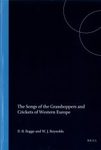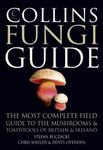"Ted Benton has, once again, succeeded in producing a New Naturalist volume which is both comprehensive in its detailed approach, and written in a very readable and thoroughly enjoyable style.
The book begins with a review of our interaction with grasshoppers, crickets and their allies, including a brief foray into the significance of this group of insects in different societies, for example, the familiar use of the grasshopper by financial institutions in the heart of London, and the long-held attraction of their joyful song by eastern cultures.
An introduction to the structure and function of these insects follows, and provides a well-illustrated insight into, for example, the mechanics of their sound production and detection. The accessible explanations accompanying detailed diagrams are a general feature of the book and walk the reader through each topic.
Chapter 3 gives general details of the life histories of species found in the UK, beginning with egg, embryonic and nymphal development, and ending with a review of colour and wing-length polymorphisms. Chapters 4, 5 and 6 provide a treatise on the courtship behaviour of orthopterans and highlight recent research regarding the fine detail and significance of their various mating strategies. We learn of the use of edible nuptial gifts, the use of elaborate songs and extraordinary courtship performances, aggressive mate-guarding, 'harem' keeping and many other points of interest in this fascinating and remarkably complex area of study.
A user-friendly key to the British Orthoptera is followed by a set of individual species ccounts, which provide: a full description with reference to dimensions and key identification features; details of similar species; life cycle; habitat; behaviour; enemies; distribution (including a distribution map with pre- and post-1998 records); and current status and conservation. Usefully, species-specific references are provided in each account, and relevant links to the appropriate DVD footage are included in the behavioural sections.
A final chapter examines a number of salient points regarding the ecology and conservation of British species, and again provides an ovenriew of recent research regarding the effects of changing land use on orthopteran distributions, and factors affecting the conservation of some of our rarest orthopterans. This volume is lavishly illustrated and the author has made every effort to provide a comprehensive set of pictures of the many different coloured and winged forms of each species (including some of the rarest forms of the British fauna), and also represent key aspects of behaviour and life-cycle.
There are 29 pages of references, and woven into this extensive assimilation of research, is Ted Benton's own impressive contribution from his studies, including, for example, his observations regarding the behaviour of greenhouse camel crickets and scaly crickets.
The accompanying DVD represents hours of patient fieldwork and confirms that the author has made the successful transition from 'self-confessed technophobe' to accomplished film-maker. The DVD in itself is an outstanding, and indeed, ground—breaking achievement and provides a window into the world of Orthoptera that every enthusiast will appreciate. For example, I have, for many years, used the characteristic 'popping' call of the large marsh grasshopper to locate specimens in their quaking bog habitat, but have never seen the males' unusual method of noise production at close hand. I was fascinated to watch the close-up view of this wing-kicking behaviour, and to see the live recordings of our other species as they were stridulating. The DVD provides an array of skilful close-up shots that reveal the intricacies of their subjects' behaviour, including the classic example of the courtship display of the rufous grasshopper, with its comical 'tick-tocking' of the head, during which this species exhibits an extraordinary level of synchronised coordination between head, palps, antennae, wings and legs. Other highlights include footage of two of our great rarities, showing an adult wart-biter eating a large insect on southern downland, and the interaction between male and female field crickets at a burrow entrance. This New Naturalist volume and DVD provide an outstanding contribution to orthopteran literature and will, no doubt, provide British orthopterists with a key point of reference for many years to come."
– Peter Sutton, British Wildlife 24(2), December 2012












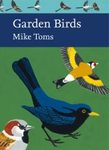
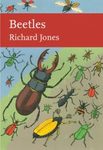

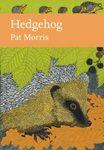
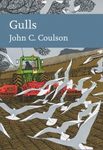
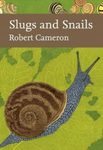


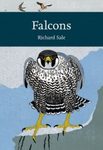
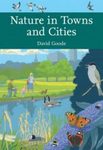
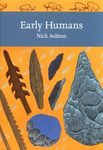








![Cahier d'Identification des Orthoptères de France, Belgique, Luxembourg & Suisse [Identification Guide to the Orthoptera of France, Belgium, Luxembourg and Switzerland]](http://mediacdn.nhbs.com/jackets/jackets_resizer_medium/26/265812.jpg?height=150&width=103)
